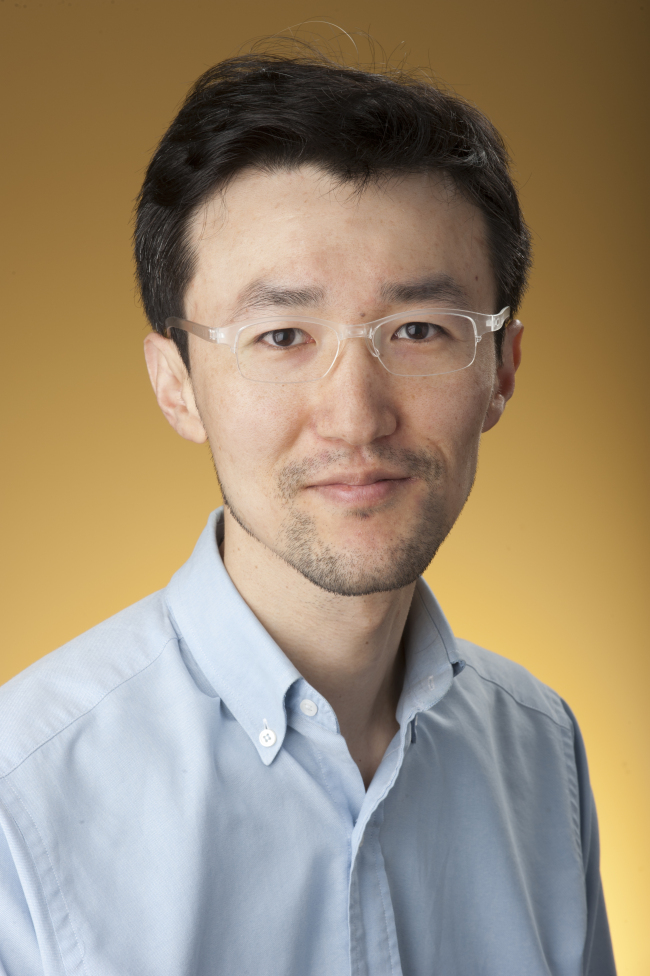 |
Lim Woong |
In stark contrast with the current problems in math and science classrooms in the U.S., in which students struggle and are unmotivated to work hard, some believe that Korean students’ high achievements in international math competitions have the potential to guide reform efforts in the U.S.
This sentiment was well captured in President Barack Obama’s State of the Union address, in which he lauded South Korea for the active role parents and teachers play in children’s education.
The flip side of the story, however, is that measures of the efficacy of the educational process in Korea are primarily based on standardized testing. Good teaching in Korea largely means that teachers are able to get students to pass standardized tests, and students are loyal recipients of the teacher-led presentations on how to ace exams.
In a recent education column in The Korea Herald, the director of mathematics and science education at the Ministry of Education wrote that students thought of “exam,” “hagwon,” “workbook,” “answer,” “frustration,” “boring,” and “mom,” when they were asked in a survey to provide words related to mathematics. Indeed, Korean children participate in privatized after-school programs called hagwon, in which they spend hours writing answers in workbooks in order to prepare for exams, and Korean moms pressure their children to endure the boring and frustrating process of rote learning.
Education is a multilayered process with an extensive list of areas that need to be addressed, including communication, attitude, character, leadership and collaboration, in addition to storing knowledge and developing test-taking skills.
In Korea, the number of college students who study mathematics and science is on the rapid decline; the performance gap between the rich and poor is ever increasing; and the population’s distrust of public schools runs deep.
In response to such needs, the ministry proposed a reform project called Advancement of Math Education. The reform included: piloting innovative pedagogy, such as story-telling methods in elementary schools’ mathematics classrooms; increasing hands-on activities for children in middle schools; reframing teaching models in a way that enables students to examine mathematical procedures and concepts and have opportunities to communicate in mathematics.
These reform efforts are in line with U.S. reform efforts and echo the teaching and learning of mathematics envisioned by the National Council of Teachers of Mathematics in the U.S. In a systemic effort to impact student learning by connecting research to practice, the NCTM has championed its process standards, which provide guidance on mathematics instruction with a focus on increasing students’ understandings of concepts, procedures, mathematical reasoning, and problem-solving.
What is being envisioned in the reformed standards is, for example, students’ abilities to articulate mathematical thinking and working with teachers and peers to share and make sense of mathematical reasoning. For instance, middle-school mathematics teachers can design learning activities in which students can examine the absolute value, such as | x ― 5 | = k.
This can represent a set of numbers that are k units away from 5 on the number line. In doing so, middle-grade learners can learn to articulate the meaning of the solution set {3, 7} to the equation | x ― 5 | = 2, as the numbers 3 and 7 are two units away from 5 on the number line. This way of problem solving may not be as fast and efficient as the procedural method of solving x ― 5 = 2 or x ― 5 = ― 2; however, such thinking is an important part of building a network of interconnected mathematical ideas and thus allowing students opportunities to deeply understand the process.
The Advancement of Math Education has innovative and salient programs to enhance its reform efforts. Nonetheless, mathematics education researchers worry that curricular reform efforts with little support from classroom teachers and the general public are not sustainable for the long haul. While reform initiatives such as story-telling methods in the classroom or alleviating student workload are designed to impact student learning, there still needs to be viable instruments to measure such learning progress.
Unfortunately, when the metrics for learning are limited to standardized testing as it is so pervasively in Korean educational system, any type of reformed practices in the mathematics classroom are bound to fail unless students and parents feel that the new programs are instrumental and will enable students to perform well on standardized tests. Worse yet, the most significant use of standardized testing is in the admission process of the university entrance system in Korea. In ranking students’ performance to make admissions decisions, the university uses testing data as a high-stakes criterion.
It is something unique to Korean culture that a diploma from an elite university ensures career prospects and high social status, and the university entrance national exam is supposedly providing a fair opportunity for all students.
It is my understanding that President Park Geun-hye is willing to implement innovative education practices, especially in improving the science, technology, engineering, and mathematics education for our children.
However, it is quintessential that a blueprint for school mathematics and science that is aligned with the university entrance system supported by policy makers and educators should be laid out in an effort to seek a national consensus. Once that is achieved, our teachers and school administrators will be better positioned to design innovative learning activities that reflect the reformed principles and to implement the reformed policy and practice in classroom teaching.
By Lim Woong (wlim2@kennesaw.edu)
The writer is assistant professor of mathematics education at Kennesaw State University in Kennesaw, Georgia. ― Ed.








